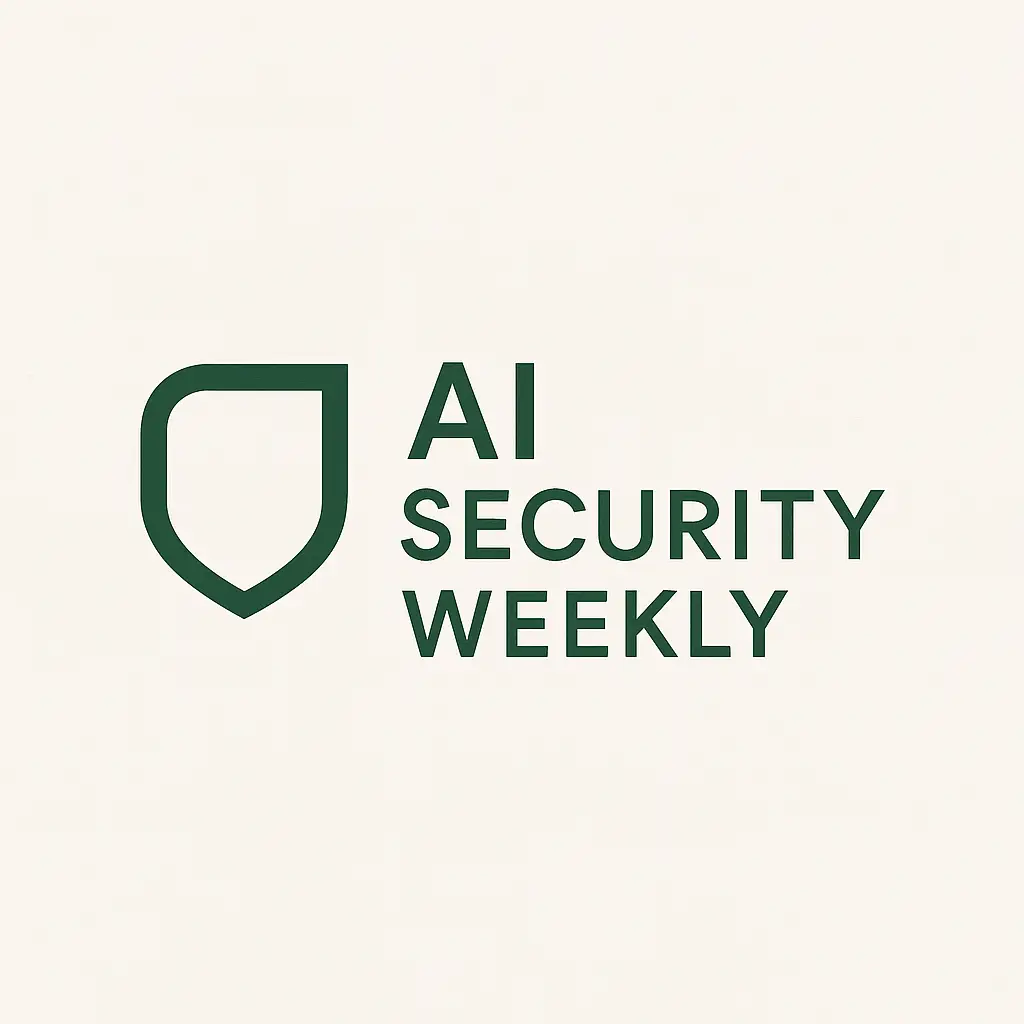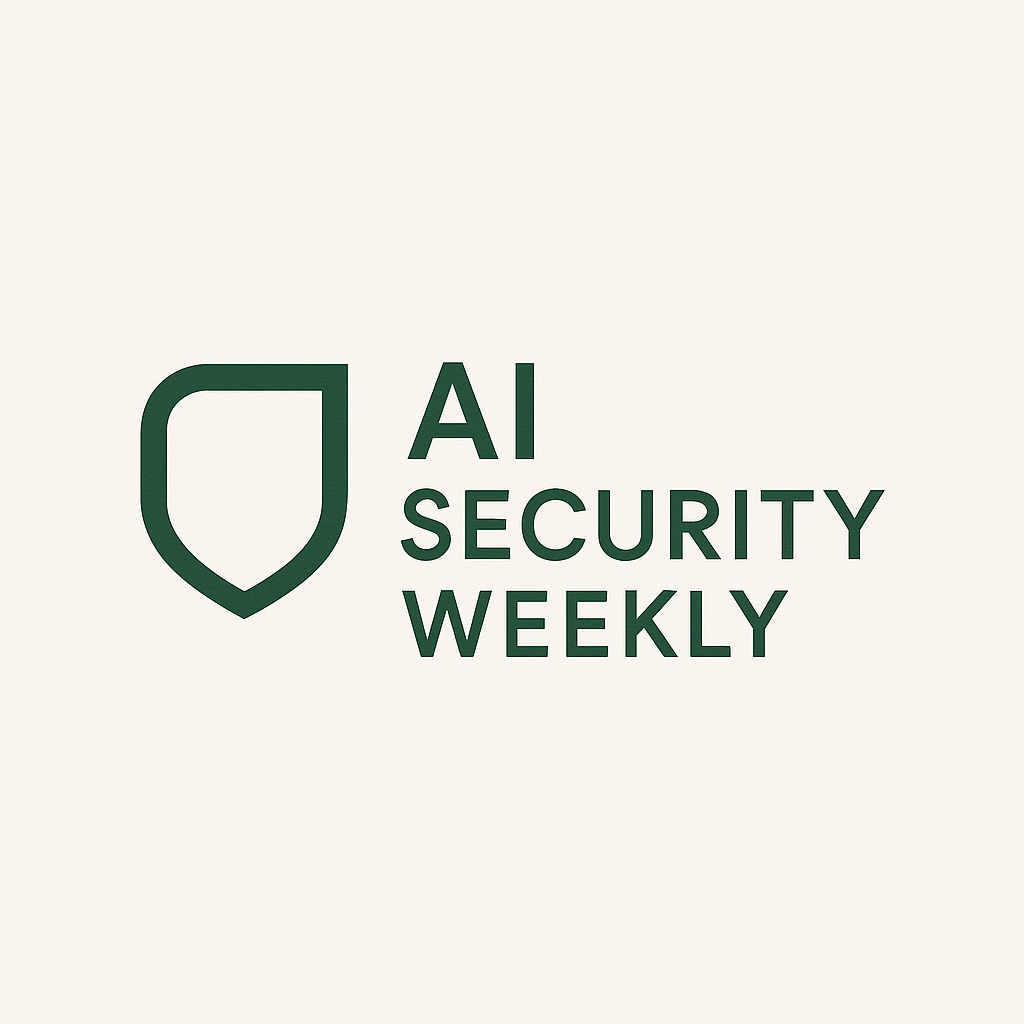Donald Trump stands out as the first U.S. President elected during the AI era. He has acknowledged AI’s significance by appointing a White House AI & Crypto Czar and initiating infrastructure investments through the Stargate venture. However, his administration is grappling with emerging challenges to the U.S. supremacy in AI. As Trump becomes more established in his role, competition is intensifying from newer AI models like DeepSeek, alongside heightened security risks as businesses and critical infrastructure increasingly adopt AI technologies.
Amid these security concerns, it is not an overstatement to assert that AI could be humanity’s most remarkable innovation, enabling progress beyond human limits and unlocking previously unattainable discoveries. The question of whether the U.S. will spearhead these advancements will unfold over the next four years.
As the head of the world’s largest economy, Trump can steer AI’s potential into tangible outcomes. Achieving this requires focus on two vital aspects of AI security—confronting the risks that AI presents while also safeguarding America’s leadership in the AI sector.
Ensuring Safety for AI-Driven Systems
For sustainable AI innovation, it is crucial to provide balanced protections for users. Companies that develop and deploy AI should bear the responsibility for safe usage, allowing broader distribution of AI applications and systems, complemented by accessible testing and security reports. This approach mirrors the safety ratings available for automobiles, which inform users before they hit the road. Similar transparency would facilitate the responsible democratization of AI.
In practical terms, smartphone operating systems are key vehicles for AI access, influencing how users interact with technology on a daily basis. Implementing proper legal safeguards regarding AI implementation in these systems can significantly enhance AI safety and security.
The emergence of AI agents introduces new vulnerabilities for U.S. enterprises and national infrastructure, as these agents can access sensitive data and execute critical tasks. Countries like China are likely making substantial efforts to breach adversary AI models while simultaneously pushing their own AI innovations. Evidence already suggests that threat actors from China are attempting to extract data from organizations like OpenAI.
Developing AI Infrastructure
Securing the physical infrastructure needed for AI innovation is crucial to solidify America’s position as the world leader in AI technology. Even with the most advanced companies, the U.S. cannot prevail in the AI arms race without the requisite computing resources and physical support. While models like DeepSeek are raising the stakes in terms of cost and performance, the overarching goal revolves around infrastructure development and implementation.
This necessitates revitalizing semiconductor manufacturing, investing in high-performance computing, and committing to long-term energy infrastructure projects. Strategic trade agreements will secure U.S. access to the GPUs and technologies essential for AI progress. Given that running AI systems demands substantial power, with projections suggesting that energy consumption could exceed 1,000 terawatt-hours by 2026, upgrading the national energy grid is imperative. Expanding renewable energy sources such as wind and solar will not only support the AI revolution but also create new job opportunities.
Maintaining U.S. Leadership in AI
Long-term planning for AI innovation is vital. Historically, the U.S. led the charge in technological research, bolstered by 17 National Laboratories established through federal investments during World War II. There is an opportunity for these labs to be revitalized, granting them access to data and funding for exploration in this emerging field. The recent partnership between the National Labs and OpenAI exemplifies a positive step forward.
The administration must empower these laboratories to serve as creative hubs rather than solely places for prolonged research. AI has the potential to enhance jobs, making them safer and more valuable, which can positively impact the economy. The National Labs could be instrumental in discovering new efficiencies tailored to the workforce.
Creating an AI Task Force
Given the vast AI opportunities, a novel approach that balances safety and rapid execution is essential. Establishing a Department of AI Acceleration could streamline processes, allocate funds appropriately, and promote American-developed AI technologies. Perhaps a fitting name for this initiative would be “AI Force.”
Regardless of its title, a dedicated agency focused on supporting responsible AI development will yield more beneficial outcomes than prolonged regulatory processes. To foster American advancement in the AI domain, it is critical to bring together the brightest minds to ensure the creation of safe AI that serves everyone’s interests.
By promptly establishing this notable department, supported by targeted investments in research and infrastructure along with a cohesive approach to AI security, the U.S. can emerge as the global authority on safe AI, illuminating a pathway for other nations to follow.
This article is part of TechRadarPro’s Expert Insights channel, showcasing leading voices in the technology sector today. The opinions presented here are those of the author and do not necessarily represent those of TechRadarPro or Future plc.




